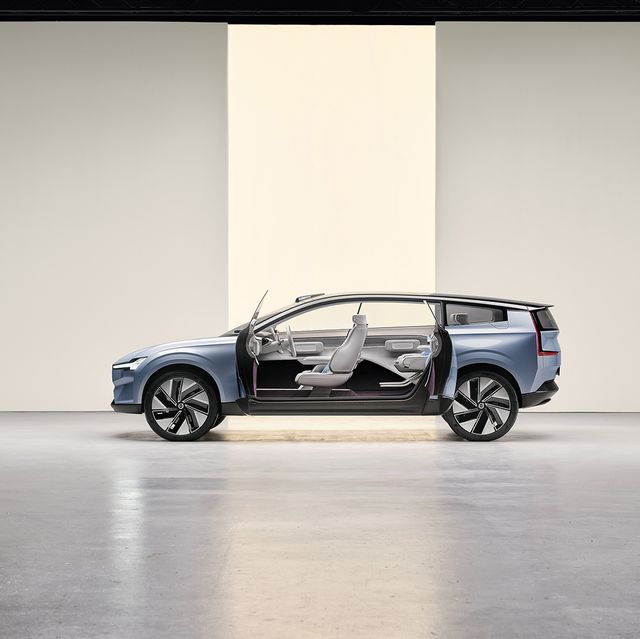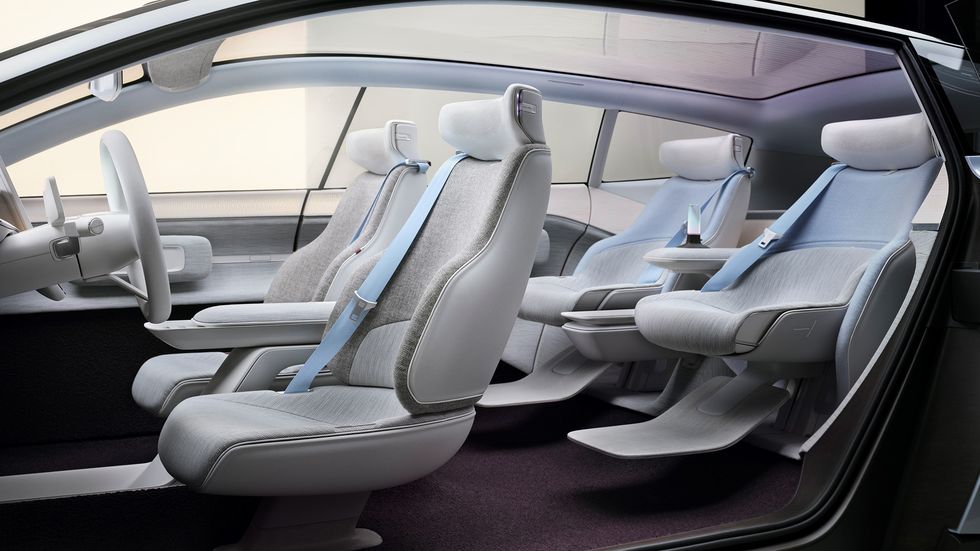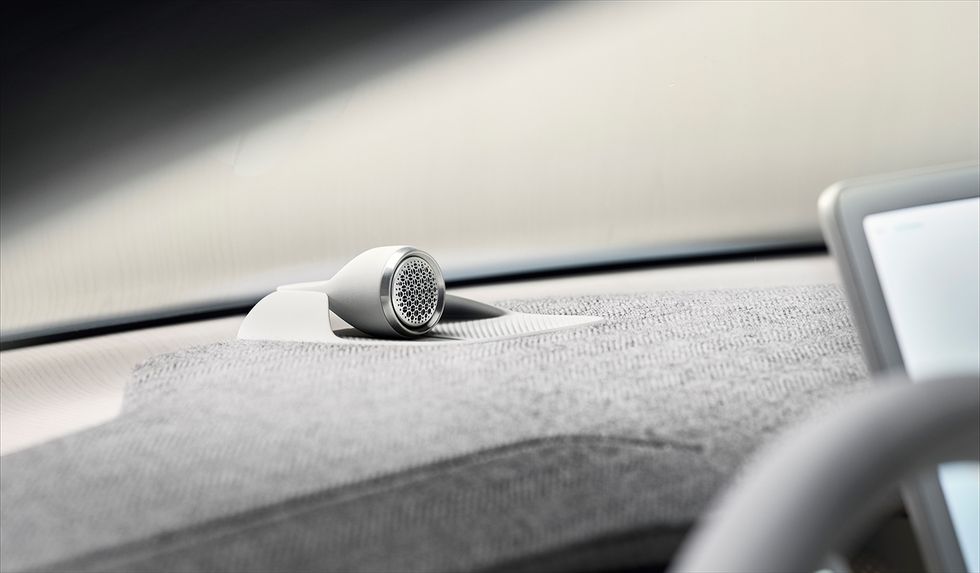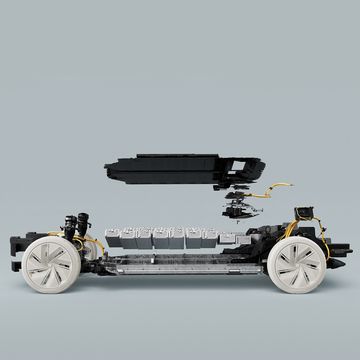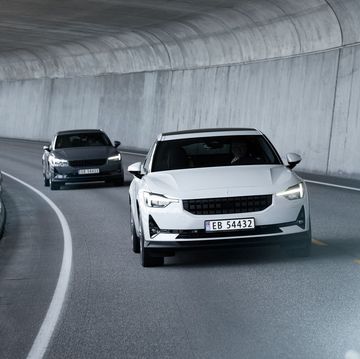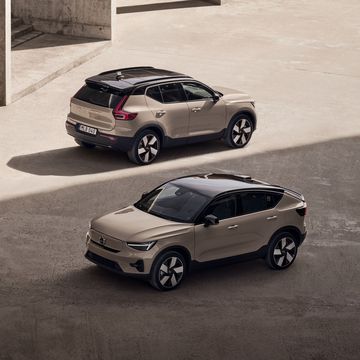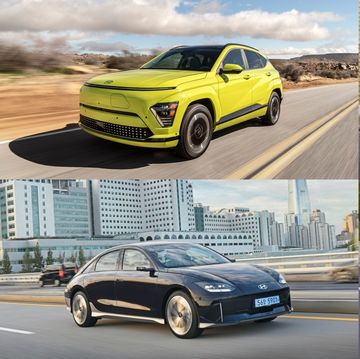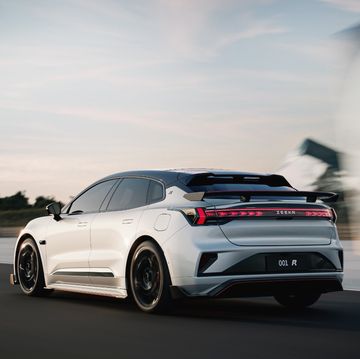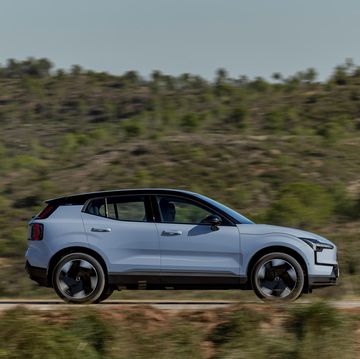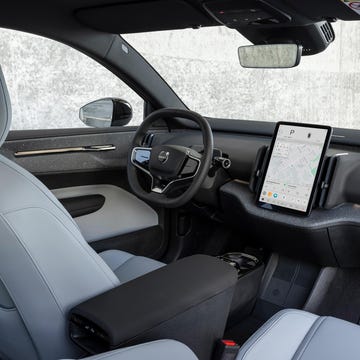- Volvo's Concept Recharge previews new and sustainable materials that the automaker wants to introduce to vehicle interiors.
- Nordico is a new leather alternative created by Volvo composed of bio-based and recycled ingredients from forests in Sweden and Finland.
- Concept points to possible return of some classic design elements in future models, like a more upright rear hatch.
Earlier this summer Volvo took the wraps off the Concept Recharge, calling it a manifesto for the brand's future, intended as a preview of the automaker's upcoming strategy and design language. And as the concept itself demonstrated, Volvo was also glancing back at the past when it comes to design, with a shape that should be familiar to those who've seen a Volvo wagon sometime in the past 30 years.
Back in June Volvo didn't reveal many details about the vehicle's interior, focusing largely on the exterior. Now, Volvo is giving another look at the concept, this time emphasizing the interior details as well as aerodynamics.
When it comes to exterior design, we can see quite a few cars from Volvo's history in the lines of the Concept Recharge, from the innovative 850 wagon of 1993, to the more recent models featuring the Thor's Hammer shape in the headlights.
As for interior materials, Volvo used cloth made out of responsibly sourced Swedish wool on the instrument panel top and seat backrest, described as being a warm and soft material, free from additives. The seat backs and headrests, meanwhile, were made from a new material created by the automaker called Nordico, which we first heard about not that long ago. Volvo indicates that this material, designed to be soft to the touch, comes from bio-based and recycled ingredients obtained from forests in Finland and Sweden. A number of other surface areas in the vehicle are made from a fabric that contains Tencel fibers made from cellulose, while others, including surfaces in the lower storage areas, use a flax composite that contains fibers from the linseed plant mixed with other fibers. Even the front and rear bumpers on the exterior were made from a flax composite.
"With the Concept Recharge, we've created a comfortable and functional family space," said Lisa Reeves, head of interior design. "The cabin offers sophisticated forms through the use of natural materials and the harmonization of textures and tones, reflecting the timeless elegance of premium Scandinavian design."
The use of sustainable materials extends even to the specially created Pirelli tires, which are made from 94% fossil-free materials, including rayon, recycled natural rubber, bio-silica, and bio-resin.
The automaker also paid attention to aerodynamics in creating the concept, which features a noticeably lower roof and a more upright rear hatch—something that we'd almost thought we'd never see in a crossover again, given the trend of coupe-style roofs. The Concept Recharge certainly gives us some flashbacks to Volvo station wagons of the 1990s, including the 960 and 850, the latter of which introduced the tall headlights reaching all the way to the roof to Volvo's design repertoire.
"As we enter the age of the electric car, how far you can drive on a full charge will be a key consideration," said Owen Ready, head of strategic and brand design at Volvo Cars. "The easy approach is to add more batteries, but it is not the same as simply adding a bigger fuel tank today—batteries add weight and increase carbon footprint. Instead we have to increase overall efficiency to increase range. With Concept Recharge we explore the tension between the need for efficiency and the desire for the same space, convenience, and driving experience as in today's SUVs."
Curiously enough, this concept is not about the powertrain—Volvo didn't even say what was underneath the skin of this car, though the underpinnings of the current XC40 Recharge are a logical guess. Rather, this concept is about design and interior materials, with Volvo making it pretty clear what body style it sees as the future.
Just how close is this concept to previewing something we could see at a Volvo store relatively soon?
Volvo hasn't dropped any hints of one single production vehicle that closely follows this particular concept, though it's worth noting that the successor to the Volvo XC90, due next year, will be offered in battery-electric form in addition to an expected gasoline powerplant. We would not be surprised to see some of the design elements of the Concept Recharge in the XC90's successor next year.

Jay Ramey grew up around very strange European cars, and instead of seeking out something reliable and comfortable for his own personal use he has been drawn to the more adventurous side of the dependability spectrum. Despite being followed around by French cars for the past decade, he has somehow been able to avoid Citroën ownership, judging them too commonplace, and is currently looking at cars from the former Czechoslovakia. Jay has been with Autoweek since 2013.
